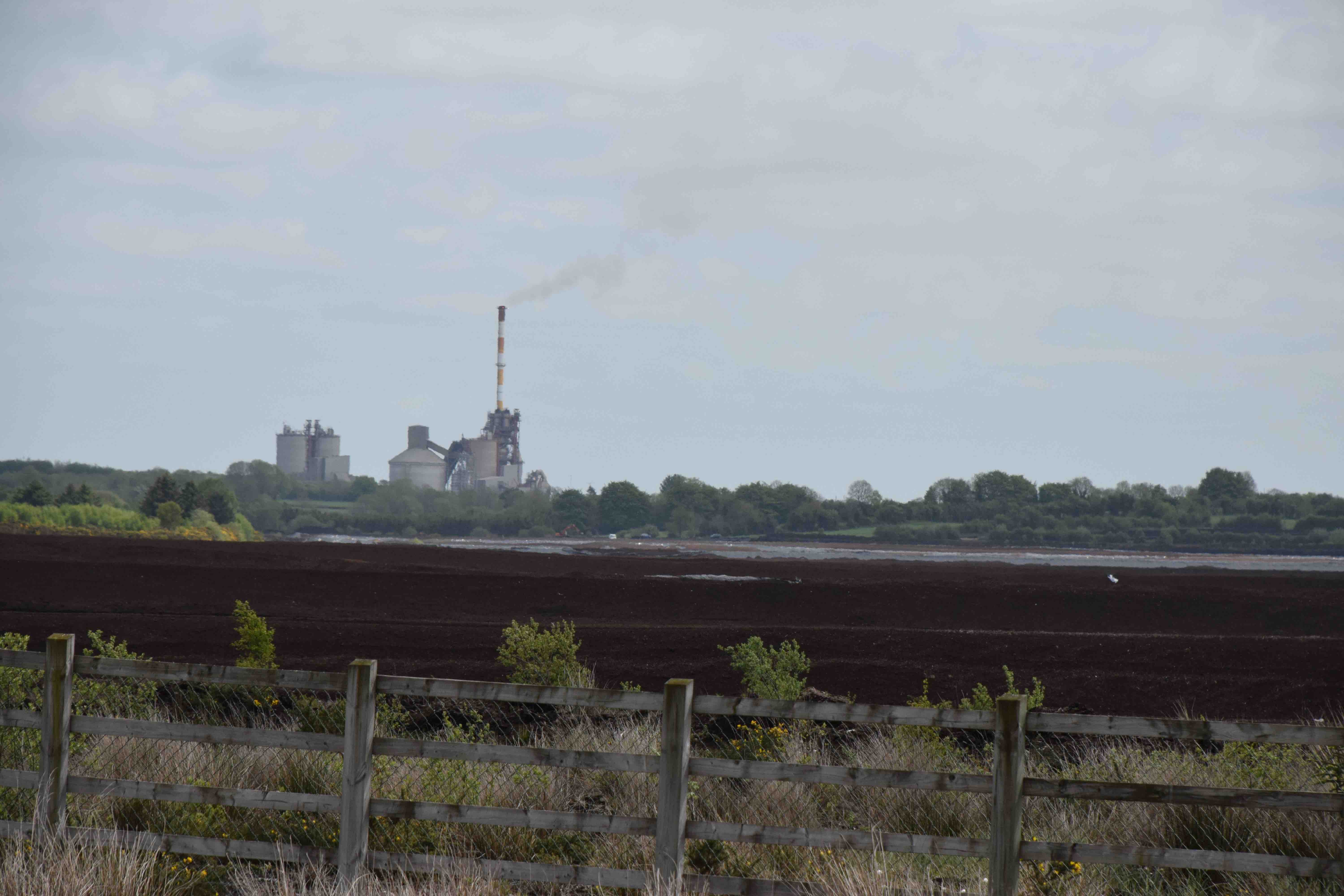
I bought some bags of compost the other day, not from a garden centre but the local agricultural supplier where I had to pick up layer’s pellets for work. It was out of desperation since garden centres are not open and I can’t face squashing my eggs and strawberries buying compost in supermarkets. Here in Ireland things are not quite the same as in the UK when it comes to peat usage – after all there are still power stations burning the stuff to make electricity. But I was still surprised to find that it was 100% peat. This is in contrast to the stuff I bought a while ago which proudly claimed that it was peat free. I am not going to get into the debate about the quality of these ‘alternatives’ – I have my views and I am sure you have your own. But I have to say that the tomato seedlings in the recycled compost are awful and by the time you read this they will be planted in the polytunnel as much to get them to look healthy as to get them in early.
But it made me think about peat and the old days at Knights. When I worked there we used to have the huge Bord na Mona lorry turn up and it was all hands on deck to unload it. No forklifts in those days. A few bales would be dropped at the side of the lorry once the curtain was pulled back to make steps so we could more easily get to the rest and they would be unloaded, one by one, and stacked at the back of the centre. The majority of the bags (bales) were 300litre in size and they were heavy and unwieldy. We stood with our backs to the lorry, held up our arms to hold the flaps at the top and carried them on our shoulders and back to flip them over into a big stack. I seem to remember that most of these bags were sold on Sundays, usually just before one, when we closed for the day. Things were not so bad when the bags were fresh and dry but if you had the misfortune to get a bag that had developed a hole and filled with rain it was a very different matter.
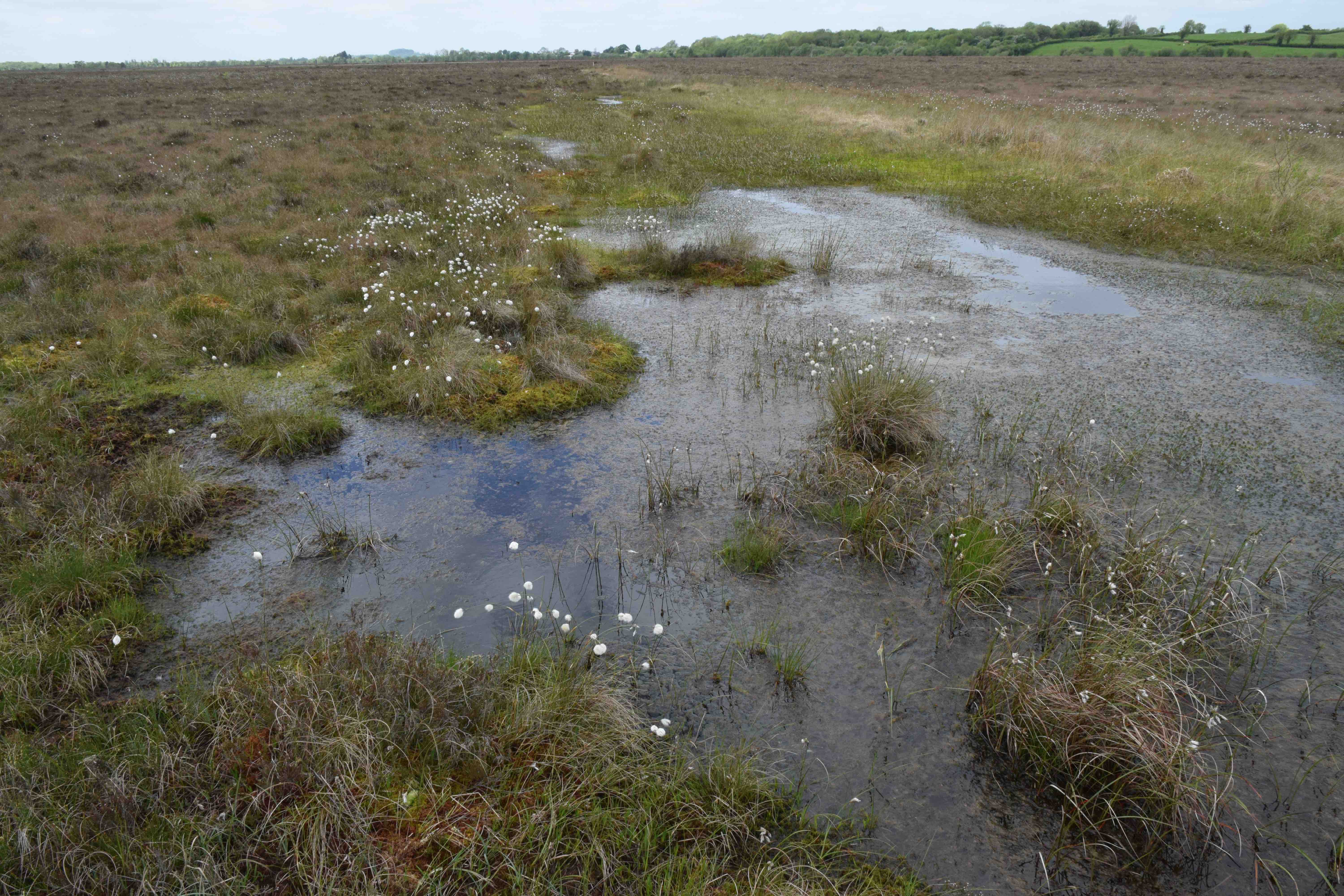
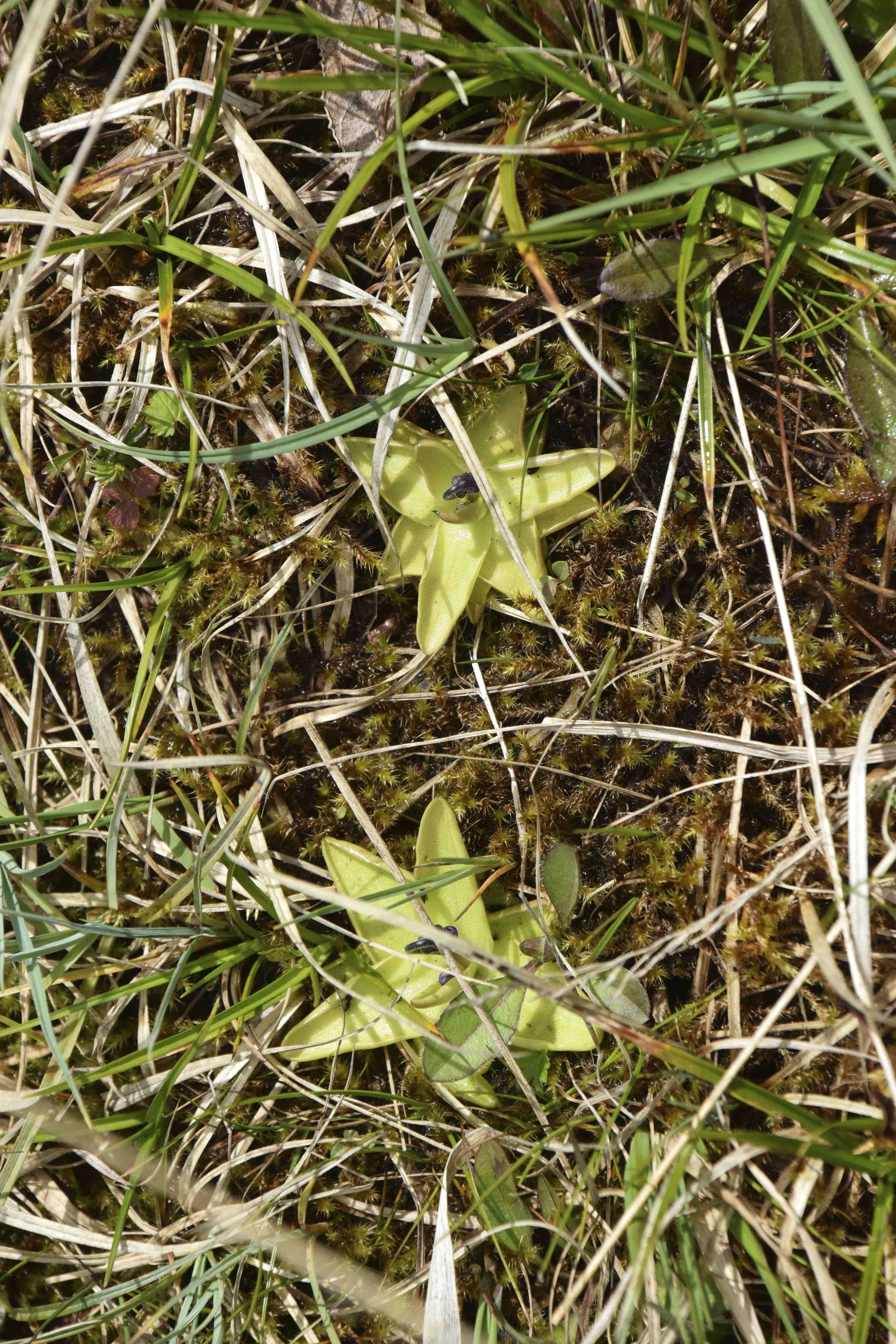

Jobs for the week
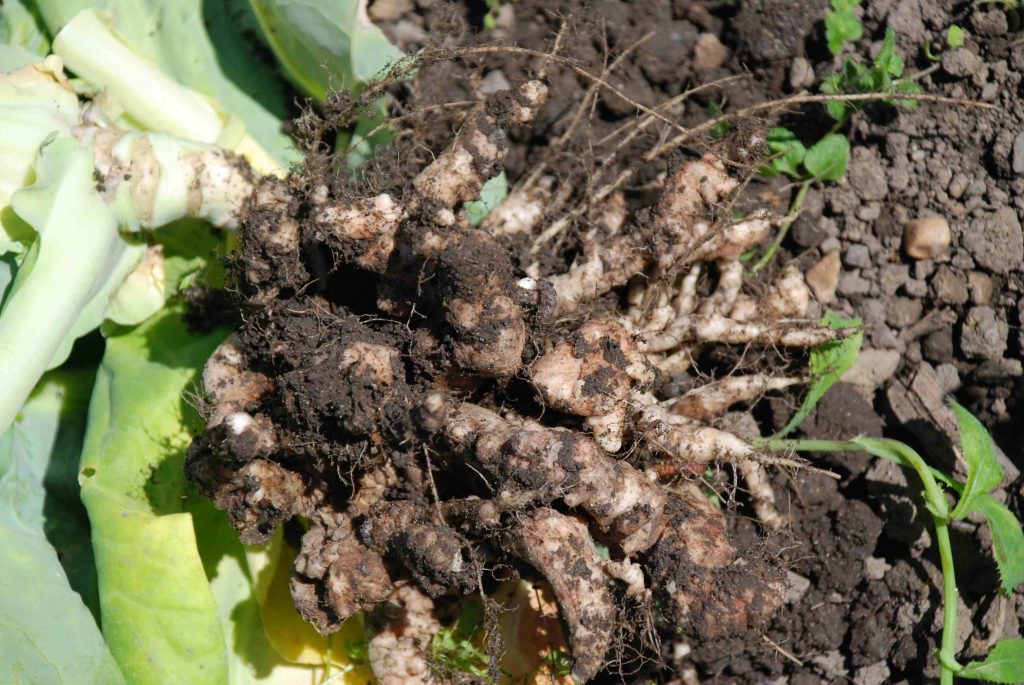
Brassicas
If you got your seeds in time and you are growing veg, the chances are that you are growing some brassicas. The name may be unfamiliar but the vegetables certainly won’t be – it includes cabbage, cauliflower, calabrese, broccoli, Brussels sprouts, turnips, swede and radish as well as some flowers including wallflowers, stocks and honesty. They are all related and they all suffer from similar pests and diseases. In the wild, their ancestors tend to frequent alkaline soils and if you have acid soil you are likely to encounter clubroot disease. This is a fungal disease that lives in the soil and attacks brassicas. It can be spread by dirty shoes or transplanted seedlings which is why I only grow my own! There is no cure and affected plants look stunted, often with yellow or reddish leaves and they do not mature. If pulled up you will find that the roots are thickened and stunted, leading to its other name of ‘finger and toe’. Liming the soil will reduce it and help prevent it but there are now a few resistant varieties, such as cabbage ‘Kilaton’ that you should grow if you have seen the problem in your garden. I have tried these and they will succeed in infected soil. Pigeons also attack brassicas, though usually only seedlings, and mature plants in winter.
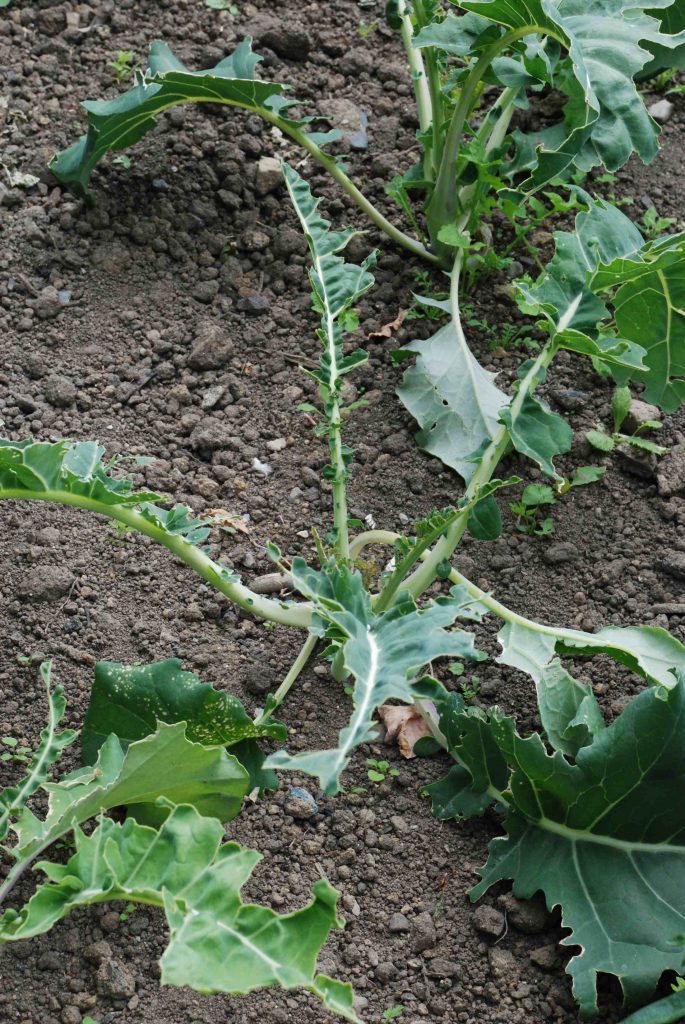
Lilies
Look out bright red lily beetles on your plants. They will devour all the leaves and flower buds and, if not controlled, will pupate in the ground over winter to emerge next year. They are very destructive and you must check plants regularly.
Delphiniums
These will be growing rapidly now and, unless they are dwarf kinds will need staking. Check them for slug and snail damage too. In damp weather snails will scale the stems and fell the flower spikes.
Hardy annuals
If you have old packs of seed of annuals such as calendula, poppies and nigella, now is the perfect time to plant them. The ground will be moist and the seeds should germinate quickly. Even if you want a drift of them, sow in lines, between 15 and 25cm apart. This makes it much easier to identify the seedlings and remove weeds. When they are large enough to handle, choose a dull day and thin out the seedlings to 10-15cm apart so each has room to grow, then water them in again to settle them and reduce wilting.